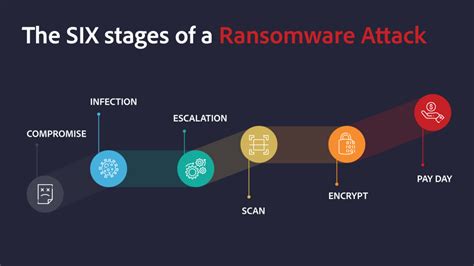# Emergency Loan Forgiveness: Qualifying Disaster Zones & Documentation Requirements
## Introduction

Natural disasters can have devastating effects on individuals and businesses, often leading to financial strain and the need for emergency funding. To alleviate some of this burden, the government has implemented loan forgiveness programs for disaster-affected areas. This article will delve into the qualifying disaster zones for emergency loan forgiveness and the necessary documentation to apply for such relief.
## Qualifying Disaster Zones
### Natural Disasters
To qualify for emergency loan forgiveness, a disaster must be deemed a qualifying event by the government. These events include, but are not limited to:
– **Floods**: Overflowing rivers, lakes, and oceans that cause widespread damage.
– **Wildfires**: Large-scale fires that destroy homes, forests, and infrastructure.
– **Hurricanes**: Powerful storms with high winds, heavy rainfall, and storm surges.
– **Earthquakes**: Seismic activity that causes ground shaking and structural damage.
– **Tornadoes**: Violent rotating columns of air that can destroy everything in their path.
### Declared Disaster Areas
For a disaster zone to be eligible for emergency loan forgiveness, it must be officially declared by the government. This declaration typically comes from the Federal Emergency Management Agency (FEMA) or a similar state or local agency. Once a disaster zone is declared, affected individuals and businesses can begin the process of applying for loan forgiveness.
## Documentation Requirements
### Personal Identification
To apply for emergency loan forgiveness, individuals must provide personal identification, such as:
– **Social Security Number**: For individuals applying for personal loans.
– **Employer Identification Number (EIN)**: For businesses applying for business loans.
– **Passport or Driver’s License**: To verify identity.
### Proof of Residence
Proof of residence is essential to demonstrate that the borrower resides in a qualifying disaster zone. Acceptable documentation includes:
– **Utility Bill**: With the borrower’s name and address.
– **Property Tax Bill**: With the borrower’s name and address.
– **Lease Agreement**: With the borrower’s name and address.
### Proof of Loss
Proof of loss is required to demonstrate the extent of damage caused by the disaster. Acceptable documentation includes:
– **Insurance Claim**: If the borrower has insurance, a copy of the claim and any correspondence with the insurance company.
– **Photographs**: Of damaged property or business assets.
– **Repair Estimates**: From licensed contractors or repair professionals.
### Loan Information
To apply for emergency loan forgiveness, borrowers must provide information about the loan, including:
– **Loan Agreement**: With terms and conditions.
– **Payment History**: Showing timely payments up to the date of the disaster.
– **Proof of Financial Hardship**: Demonstrating the impact of the disaster on the borrower’s financial situation.
### Additional Documentation
In some cases, additional documentation may be required, depending on the specific circumstances of the borrower and the loan. This may include:
– **Debt Consolidation Letters**: If the borrower is consolidating multiple loans.
– **Bank Statements**: To verify financial transactions.
– **Income Tax Returns**: To demonstrate financial status.
## Conclusion
Emergency loan forgiveness programs provide much-needed relief to individuals and businesses affected by qualifying disasters. By understanding the qualifying disaster zones and the necessary documentation, borrowers can navigate the application process more efficiently and secure the financial assistance they need.



